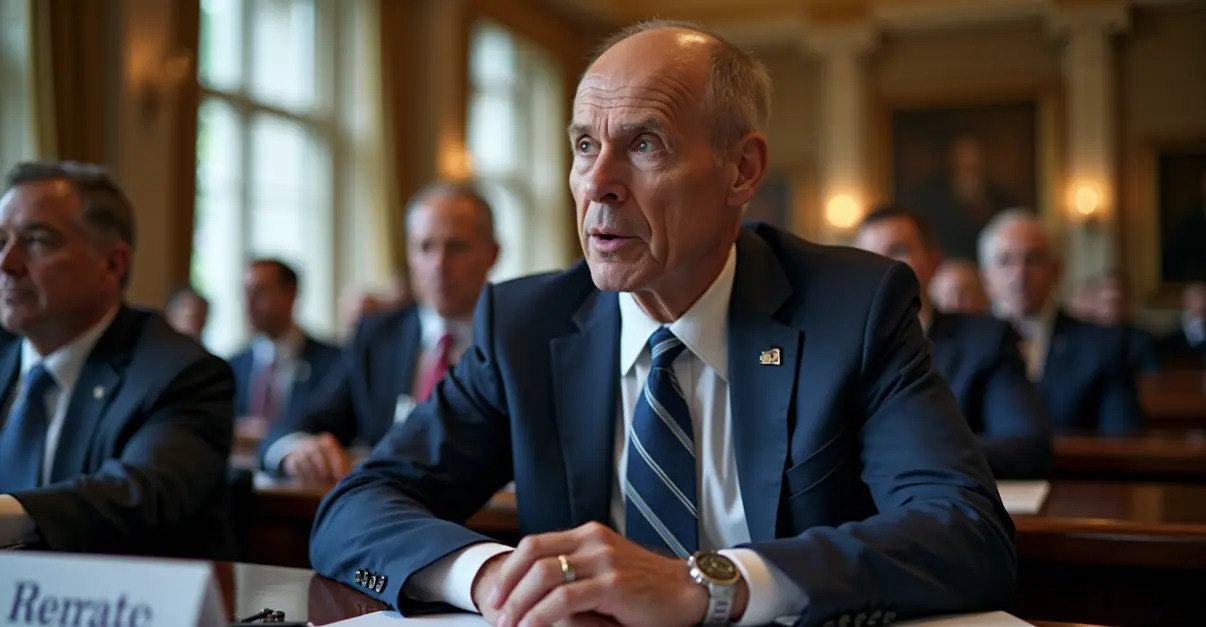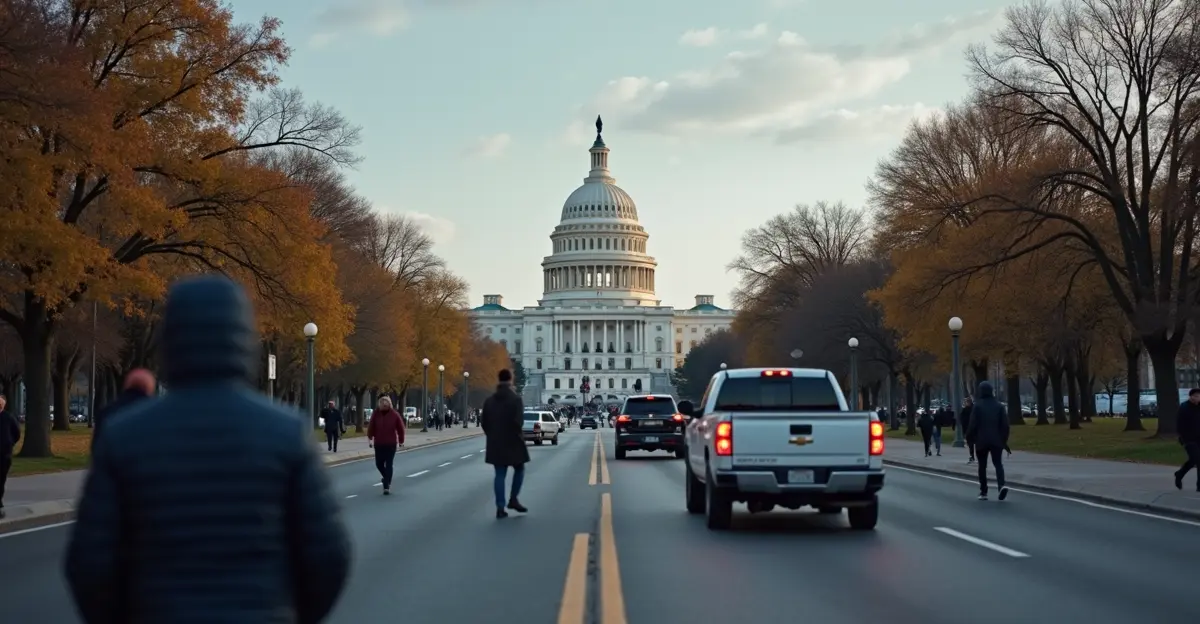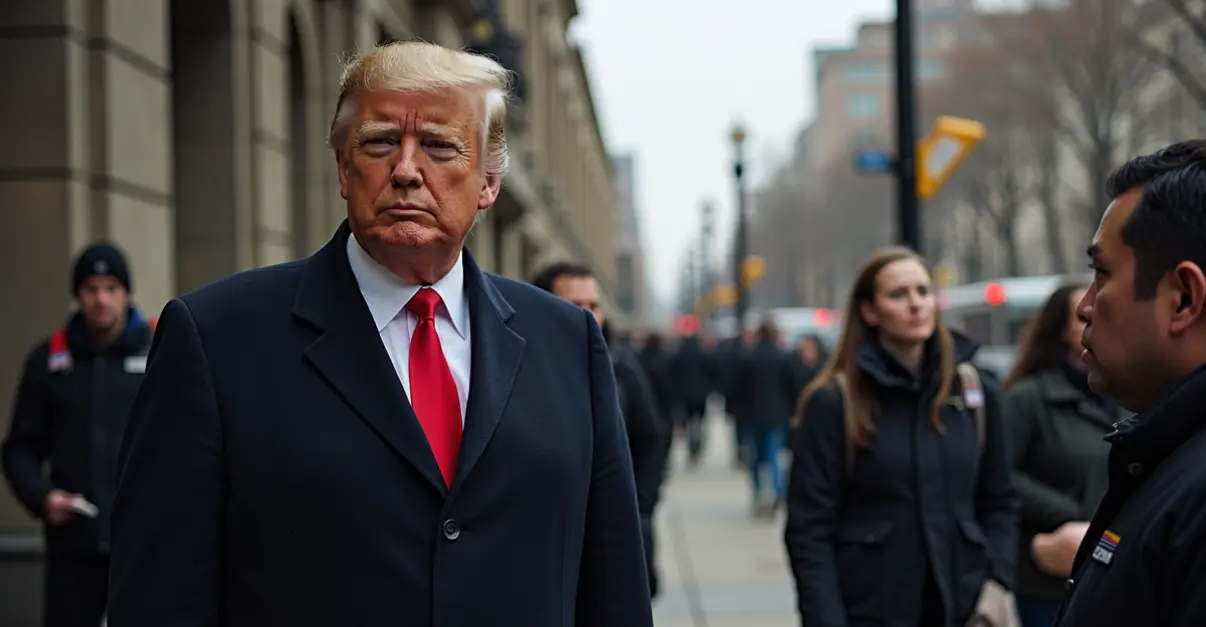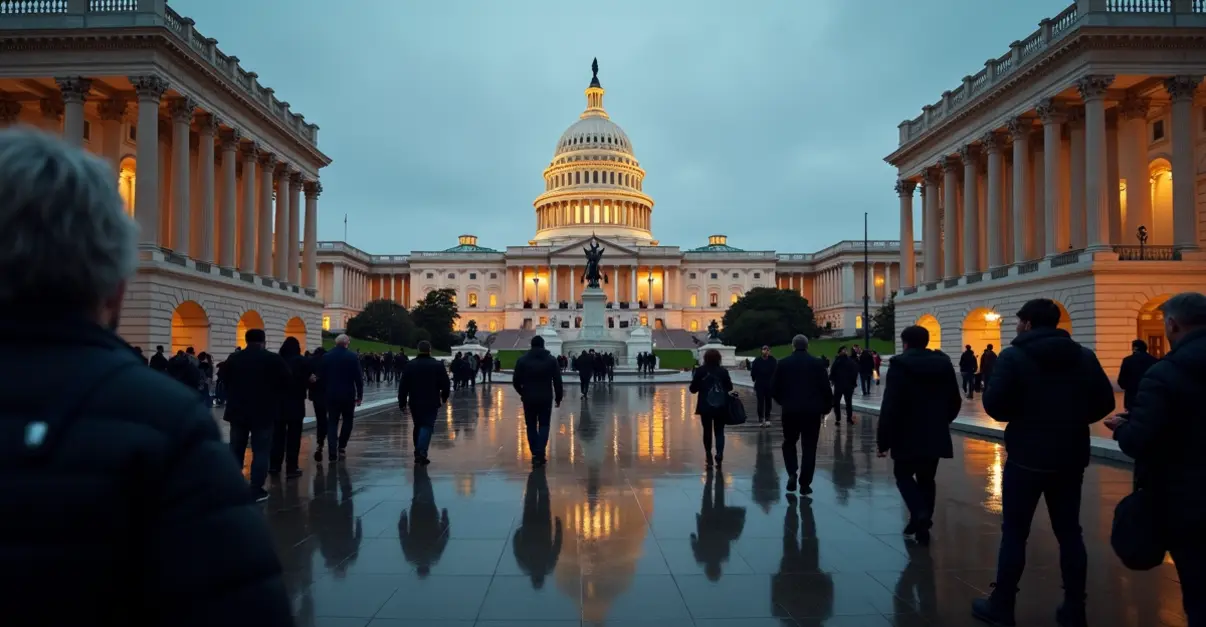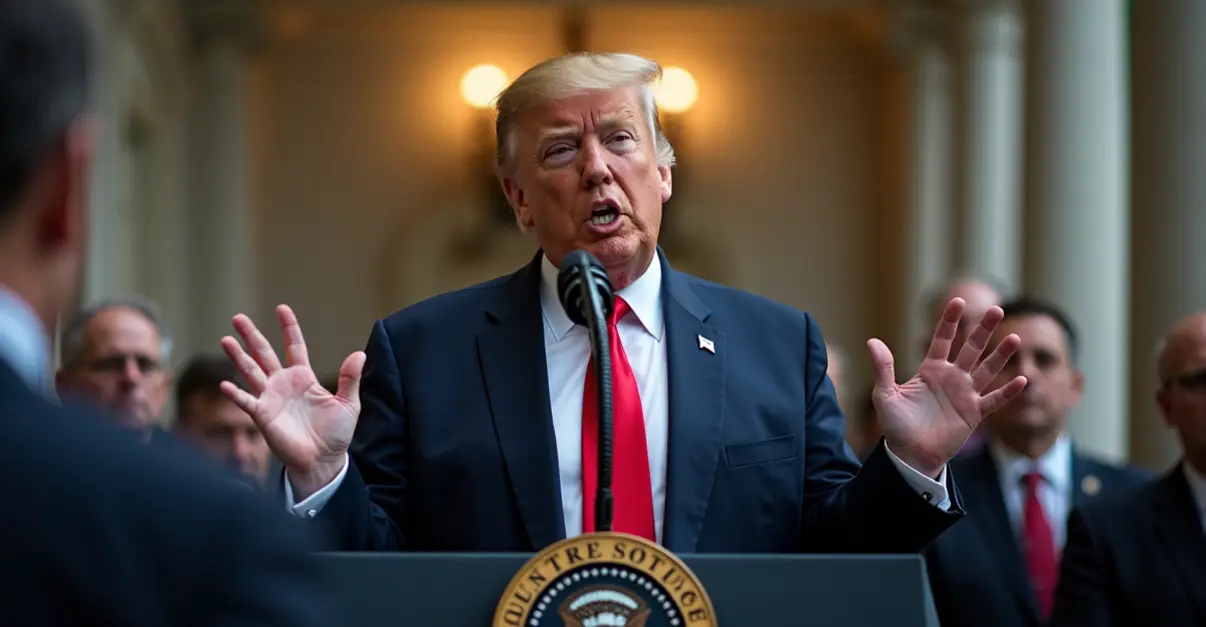The US government shutdown enters day 22 as the second-longest in history, furloughing 900,000 workers and affecting millions. Political deadlock over healthcare subsidies and spending continues with no resolution in sight.
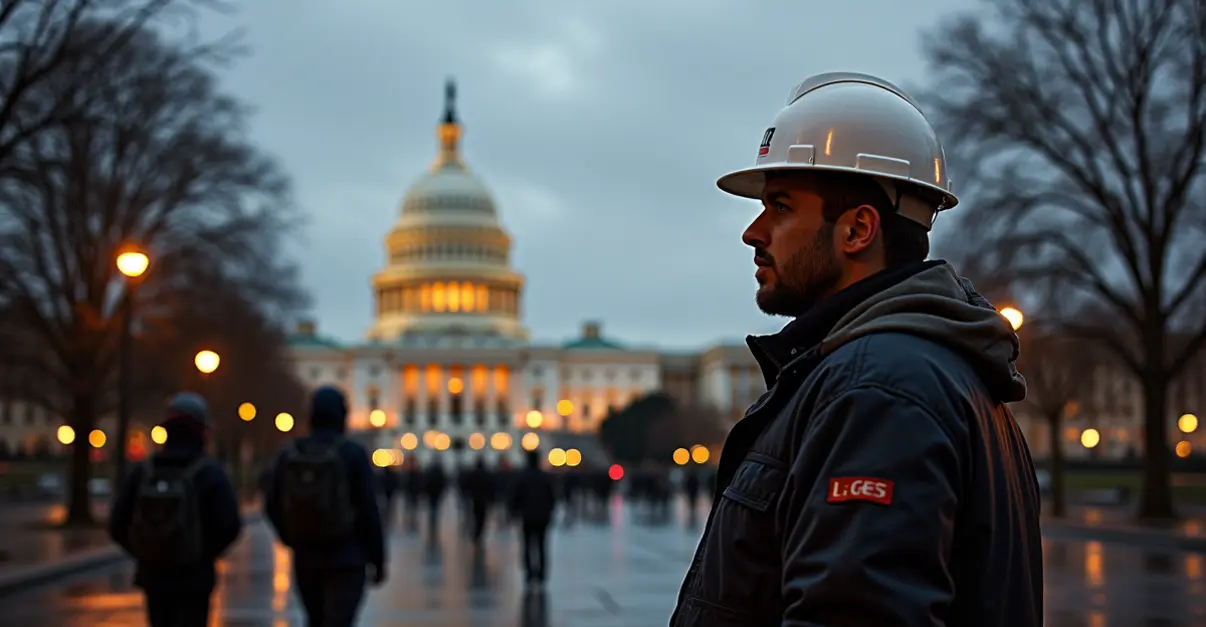
Government Shutdown Reaches Critical Stage
The United States federal government shutdown has entered its 22nd day, becoming the second-longest in American history with no immediate resolution in sight. The shutdown began on October 1, 2025, when Congress failed to pass appropriations legislation for the 2026 fiscal year, resulting from deep partisan divisions over federal spending levels, foreign aid rescissions, and health insurance subsidies.
Daily Impact on Americans
Each day of the shutdown brings new consequences for millions of Americans. Approximately 900,000 federal employees have been furloughed, while another 2 million continue working without pay. 'This is the most devastating shutdown I've experienced in my 25 years of federal service,' said Sarah Johnson, a furloughed EPA employee from Virginia. 'We're facing mortgage payments, medical bills, and basic living expenses with no income.'
The economic impact is substantial, with the shutdown reducing GDP growth by 0.1-0.2 percentage points weekly according to Federal News Network analysis. The travel industry alone is losing $1 billion per week due to closed national parks and museums.
Key Dates and Critical Milestones
The shutdown timeline reveals escalating consequences:
- Day 10: First federal paychecks affected
- Day 12: Smithsonian museums and National Zoo closed
- Day 22: Current status - second-longest shutdown in history
- October 24: First full paychecks missed for federal workers
- October 31: Military members risk missing paychecks, Head Start programs face disruptions
- November 5: Would become longest shutdown in US history, breaking 35-day record
Political Standoff Deepens
The political impasse shows no signs of breaking. Republicans favor a "clean" continuing resolution to maintain current funding levels, while Democrats demand inclusion of major healthcare provisions, including permanent extension of Affordable Care Act subsidies set to expire December 31, 2025, and reversal of $1.5 trillion in Medicaid cuts.
'We cannot in good conscience fund the government without protecting healthcare for millions of Americans,' said Senate Democratic Leader Chuck Schumer in a recent floor speech. 'This is about fundamental priorities and values.'
Programs and Services Affected
While essential services like Medicare, Medicaid, and the Transportation Security Administration continue operating, many critical agencies face partial or full suspensions. The National Institutes of Health, Centers for Disease Control and Prevention, and WIC nutrition program have curtailed operations. Small business loans totaling $860 million weekly are halted, and flood insurance renewals are suspended.
The Trump administration has indicated it may use the shutdown to advance political priorities, including potential mass firings targeting over 10,000 federal workers across agencies like Treasury, HHS, Education, and HUD.
Looking Ahead
With Thanksgiving travel approaching in November and the potential for the shutdown to become the longest in history, pressure is mounting on both parties to reach a compromise. However, with President Trump scheduled to depart for Asia on October 25 and both sides entrenched in their positions, most political analysts predict the shutdown will continue for the foreseeable future.
'This shutdown represents a fundamental breakdown in our governing process,' noted political science professor Dr. Michael Chen from Georgetown University. 'The longer it continues, the more damage it does to public trust and government effectiveness.'

 Nederlands
Nederlands
 English
English
 Deutsch
Deutsch
 Français
Français
 Español
Español
 Português
Português




